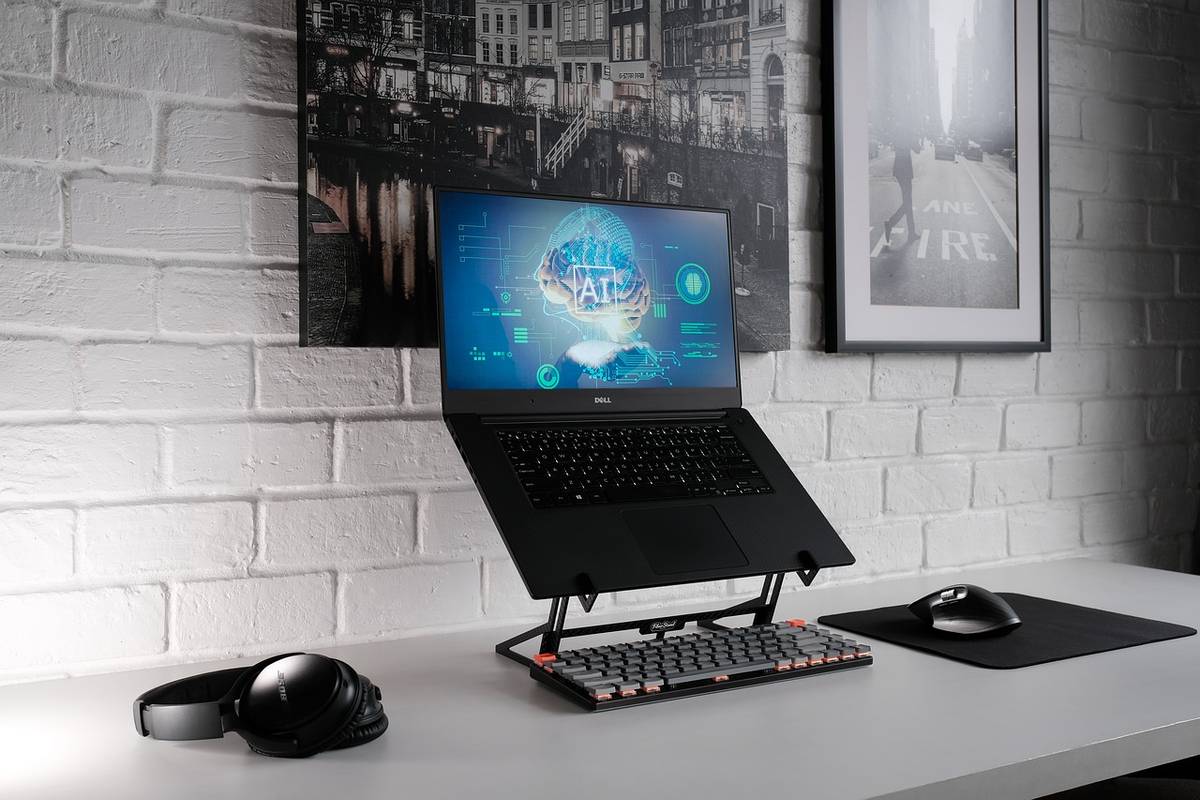Last Updated on July 8, 2024 by Team Experts
AI and Machine learning are integral in the development of robotics. The two have formed a strong backbone for robotics, where they give robots vision that enables them to sense, navigate and calculate activity. Without learning and intelligence, robots may fail to function properly, thus making them be of less significance. Let’s dig deeper into how Machine learning and AI can improve robotics by focusing on their positive impacts on the field.
- What are AI and Machine Learning?
- Robotics and Applications
- How AI and ML can improve Robotics
- Present and Future of Robotics
- Final Thoughts
What are AI and Machine Learning?
Both of these are common terms used across multiple industries. AI enables a machine to think and understand while ML assists in the process of learning. In ML, the process involves only acquiring skills and knowledge, but AI goes beyond acquisition and looks for ways of applying this knowledge. Computer vision, a branch of AI and ML, is being applied in robotics to help robots visualize, analyze and act accordingly.
Robotics and Applications
Robotics is a subbranch of engineering and science that aims to design, construct, and use what we call robots. The autonomy of robots differs from one robot to the other, where some are human-controlled and require instruction while others do not need any external influence. Robots are applied in several areas such as:
- Medicine and surgery
- Operations, planning, and manufacturing
- Farming
- Military and security
How AI and ML can improve Robotics
The design and construction of robotics require the utilization of both AI and ML on multiple levels. The following are key ways on how AI and ML can impact robotics;
- Manipulation and grasping: AI and ML are helping robots to determine numerous positions and orientations, assisting in holding or grasping objects, including those they have never seen before. The two help the robots to learn and to perform primitive tasks, such as picking up objects.
- Understanding of data: ML and AI equip robots with substantial knowledge that help them understand various patterns stimulating their ability to perceive, analyze and evaluate data. They can understand both logistical and physical data patterns through techniques such as data labeling.
- Motion control and navigation: Through ML and AI, robots are provided with the vision that helps them sense, navigate and calculate certain reactions. The robots use that knowledge to control their motions accordingly in a faster and more efficient way.
- Computer vision: ML and AI are being used to facilitate computer vision in robots for autonomous visualization and perception of real-world scenarios. Images, videos, and other data can be used to guide robots in areas such as military operations, surgical procedures, warehousing, distribution, and space exploration. ML helps robots to act based on the given deep vision and further applications.
Present and Future of Robotics
Robots are changing people’s lives, and they will continue advancing operations in the future. Robotics is expected to improve further crime prediction and detection, thus ensuring public security. Robotics will also continue to impact our education through computer-based training. In addition, robotics gradually replaces workers in factories and manufacturing in general and this trend is likely to upsurge in the future.
Final Thoughts
The future of robotics will continue to experience enormous improvements due to AI and ML. The two technologies have a fundamental role in developing robots, giving them real meaning in the changing world. Various sectors such as manufacturing, military, healthcare, and agriculture have invested heavily in robotics to enhance accuracy, efficiency, and reduction in performance.
AI and ML are applied during the training of the robots to help them understand fundamental concepts, analyze and process data to imitate human beings. Through learning, robots can be manipulated to act according to the given stimuli.
AI and ML can open advanced automation possibilities in robotics by enhancing substantial capabilities in robotic systems. The two concepts have unique impacts on robotics through motion control, data understanding, vision, and grasping.

